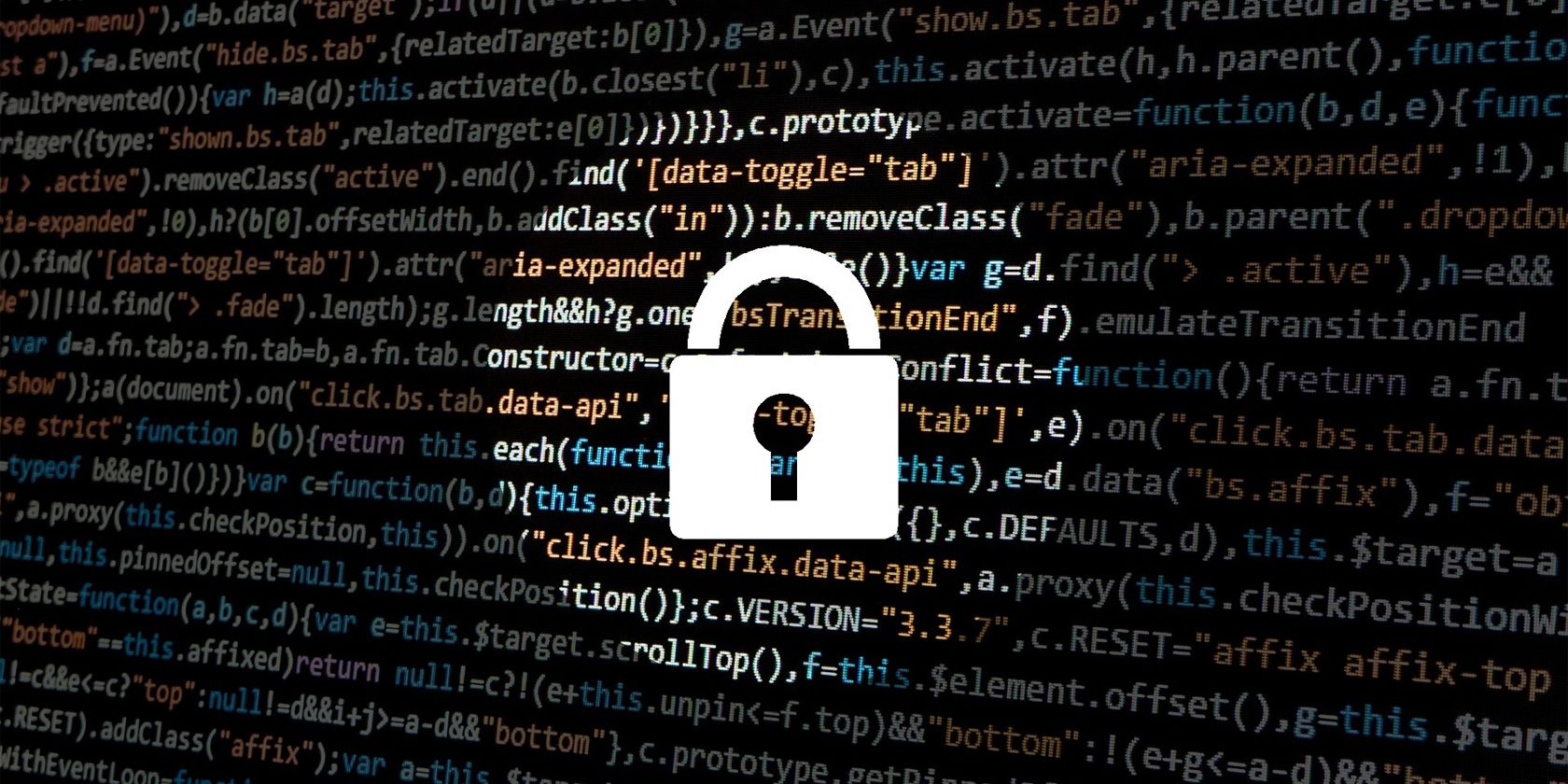You can’t enter any website or online platform without getting a pop-up asking for your permission to access personal information. New and upcoming privacy laws may help put an end to how much information websites can demand from you. They can also help you better detect fake and malicious sites.
So what is the so-called GDPR? And how might it help you stay away from malicious sites?
What Is GDPR?
GDPR is a privacy regulation from 2018 that applies to European companies and international companies operating in the region. GDPR stands for General Data Protection Regulation, and it aims to give people more control over their personal data.
Companies and their websites that run under GDPR can’t collect any data without asking for explicit permission. While you can change your preferences later on, if you accept a website’s cookies, it remembers your preferences and doesn’t ask you when you visit the site again.
How Can GDPR Help You Identify Malicious Sites?
Sites comply with GDPR because they’re required to by law. But websites with a shady origin and little to no legal documentation are rarely held to the same standards. For instance, if a site you’ve never visited before doesn’t ask you for your privacy preference, it could be a fake website.
Of course, not asking for permission could also mean that the site simply doesn’t collect user data. In most cases, however, sites use cookies, so have to comply with GDPR. One way to tell the difference is if you interact with the site or change its settings—theme, font, or by clicking on a link—and whether the effects are still there when you visit it again.
Just because you didn’t submit any credit card information or passwords doesn’t mean the site can’t collect valuable information about you. Cookies can store a lot of information you input, such as your name, email address, and phone number. Persistent cookies can keep records of your log-in details, preferred settings, themes, and bookmarks.
What Should You Do After Visiting a Fake Site?
Start by clearing your browser’s cookies and removing any traces the website can use to identify you the next time you visit it or one of its affiliated sites. If you entered any sensitive information, especially if the site connection isn’t encrypted, change them as soon as possible.
And get your security software to scan for viruses or any malicious content, just in case.


